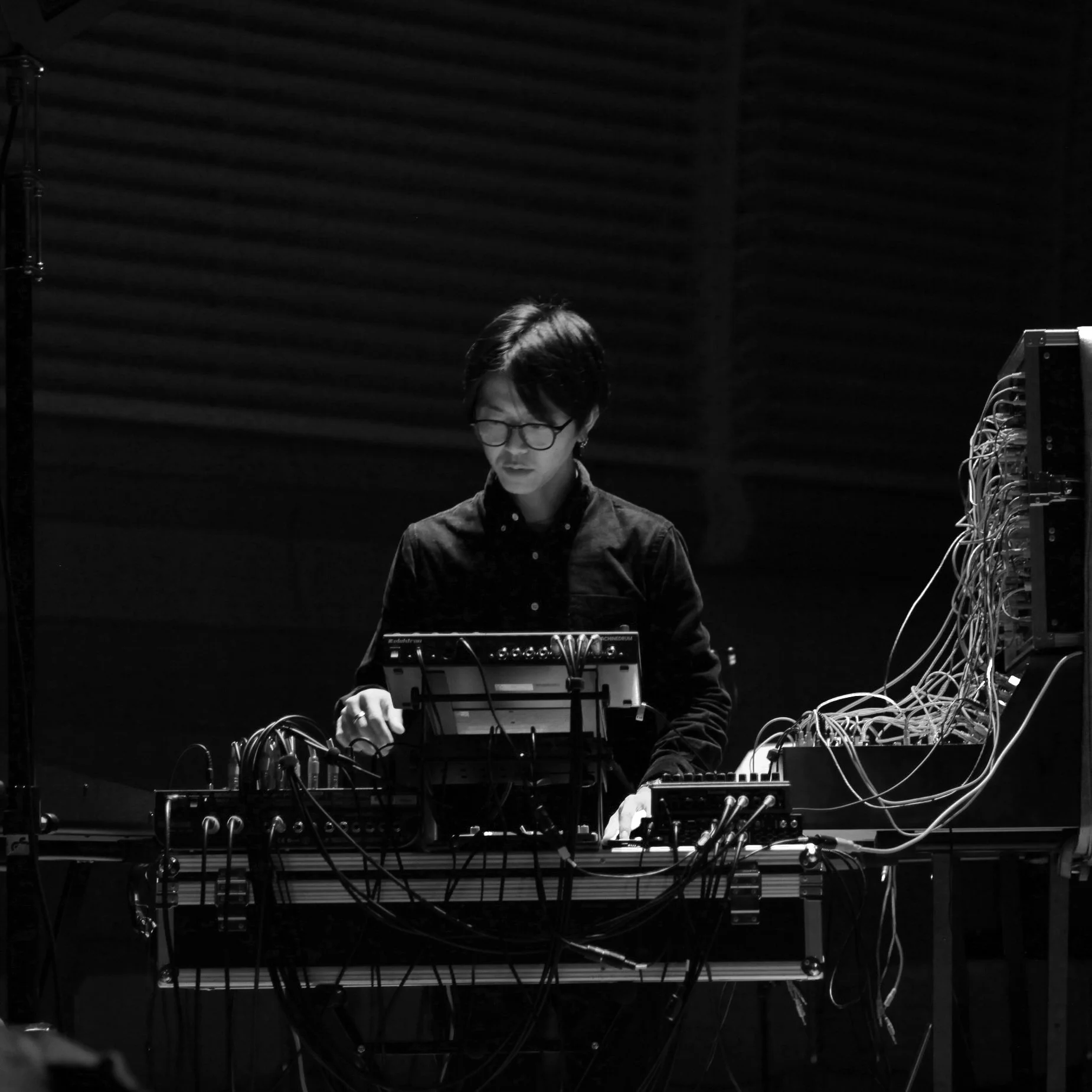Islet
Introspection
By Jacovetti Cécile & Sato Kimitoshi
Our debut collaboration transforms biological theories from the field of diabetes mellitus research into sound. Our approach allows researchers, scientists, and individuals to use their sense of hearing to perceive and analyze complex islet biology.
Sonification is defined as the act or process of producing sound. Unlike traditional scientific data communication techniques which rely heavily on graphics, images and text, sonification creates an auditory representation of the life sciences. Sonification thus provides a unique and complementary perspective on the knowledge being studied and communicated.
Hearing is one of the five basic human senses and alongside sight, touch, taste and smell helps us to perceive and understand the world around us. Sound as a sensing mechanism provides information that is not available through other cues alone e.g. graphics or visual cues.
Sensory perceptions include frequency selectivity, volume and pitch perception, temporal resolution, and sound localization. When combined with imagination and intuition it can enable us to evolve our understanding of human biology, improving human health practices and well-being. Benefits are not limited to researchers and musicians.
Amplifying Life Science’s Influence
The impact of the life sciences can be enhanced in various ways through sonification. These ways include increasing participation by ensuring everyone can participate in exploration and understanding, inspiring curiosity and interest in young learners as part of outreach and education programs and opening interdisciplinary engagement by making the life sciences accessible to other disciplines like the arts.
By using music as an expression vector to represent biological information, A.R.BT aims to create works that are more diverse, accessible and inclusive (key pillars of open science initiatives).
Kimitoshi Sato a.k.a Sountrive and A.R.BT. founder Cécile Jacovetti’s conversation about sound representations of human biology began in Japan in the summer of 2024. Using our combined experiences in the arts and sciences, our first ideas and connections were followed by a series of dialogues where we mapped out conceptually a series of life science projects.
French Japanese Collaboration
We looked at the content of important and fundamental biological theories using our senses, intuition, sensory perceptions and imagination. Mutually, we sketched a series of storyboards exploring biological theories in all their dimensions.
For our debut production, we are retranscribing islet cell biology acoustically. Resonating the process of an essential molecular cutting for the release of one of life’s critical molecules – insulin. Specifically, the process of mitochondrial tRNA fragmentation and the coupling of glucose metabolism to insulin-secretion.
Sonification of Islet Cell Biology
Human Pancreatic Islet by Cécile Jacovetti
Our storyboard dialogues identified structures, compartments, frequencies, rhythms, colors and motifs developing a sensory and creative image of the biology through the process. Sound creation by Kimitoshi Sato is not an engineering approach of converting pure data into sound but includes his own subjective sensory expressions and transformations as a sound artist – not just “talking about” biology but revealing the sensory core embedded deep in its theories.
In this collaboration music encompasses multiple dimensions of islet cell biology fused with more melodic and emotional expressions and elements of music. For example, basal insulin secretion is expressed on a minimalist soundscape built on looping motifs and soft harmonic textures. The tempo is even, the dynamic range restrained – creating a meditative, ambient atmosphere that mirrors the body's subtle metabolic rhythm.
Currently, live-field recordings captured by Kimitoshi Sato are crystallizing with our soundscape and design. Together, we are composing an unique three-part piece exploring this fundamental life concept.
Our debut production will be released open access in the summer of 2025
Last updated: 06.05.2025

